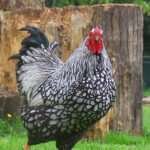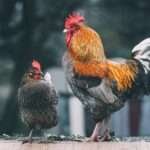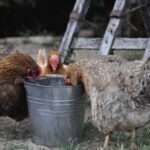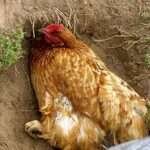Raising chickens can be a rewarding and fulfilling experience, and one of the key decisions many chicken keepers face is keeping a rooster with your flock. Roosters, as male chickens, play a significant role in the dynamics of a chicken flock. They are known for their distinctive crowing and can bring a range of benefits to your flock. However, it’s essential to understand the implications of keeping a rooster and how to integrate them smoothly to ensure a harmonious and productive environment for your chickens.
In this comprehensive guide, we will explore the key aspects of keeping a rooster with your flock. We will delve into the numerous advantages they bring to the table, how to properly introduce them to your existing flock, the need for isolations and quarantines, and the potential downsides of having a rooster. Whether you are a seasoned chicken keeper or just starting your backyard flock, this article aims to provide you with valuable insights to make an informed decision.
Benefits of Keeping a Rooster With Your Flock
One of the primary benefits of keeping a rooster with your flock lies in their protective nature. Roosters are natural guardians and provide an additional layer of security to your hens. Their acute awareness of their surroundings makes them excellent alarm systems, alerting the flock to potential dangers such as predators approaching. This protective behavior can significantly reduce the risk of predation and contribute to the overall safety of your chickens.
Another essential aspect of having a rooster is their role in enhancing social dynamics within the flock. Roosters play an essential part in establishing and maintaining the chicken’s social hierarchy. They mediate disputes and conflicts among the hens, helping to establish a sense of order and structure within the flock. This pecking order not only ensures a more organized group but also reduces tension and aggression among the chickens.
Furthermore, roosters contribute to the reproductive health of the flock. Their presence can stimulate egg-laying in hens and promote natural fertilization of eggs. This means that if you have a rooster in your flock, you have the opportunity to hatch your own chicks, a thrilling and educational experience for both adults and children alike.
The diverse and vibrant personalities of roosters also add charm and character to your flock. While each rooster has its unique temperament, some breeds are known for being friendly and gentle, making them wonderful companions for the hens and keepers alike.
As you can see, keeping a rooster can provide numerous benefits to your flock, ranging from increased security and social order to the potential joy of raising your own chicks. However, before you decide to welcome a rooster into your flock, it’s crucial to understand the process of introducing them smoothly, ensuring a seamless integration without causing undue stress or disruptions for your existing chickens.
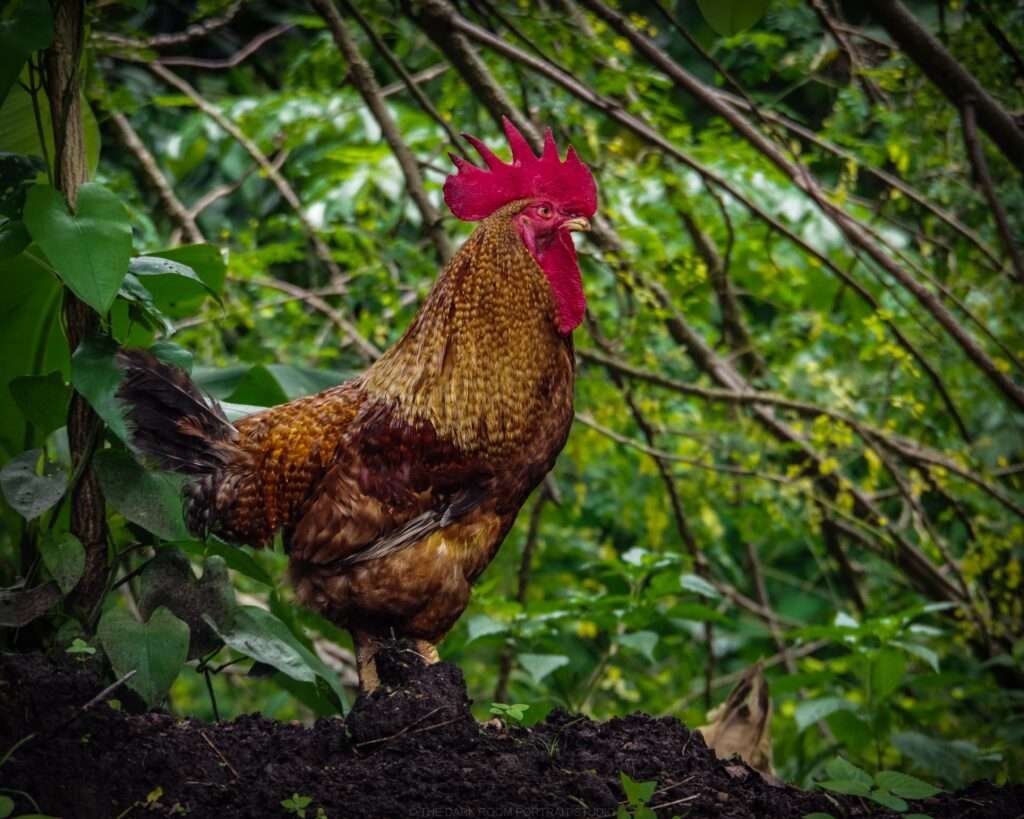
Introducing a Rooster to the Flock
Introducing a new rooster to your flock requires careful planning and consideration. The process should be gradual to minimize stress and avoid conflicts among the chickens. To start, it’s essential to give the new rooster a period of isolation and observation.
When introducing a new rooster to your existing flock, it’s essential to follow a careful and gradual process. This ensures that the transition is as smooth as possible for both the rooster and the hens, reducing the likelihood of conflicts and stress.
Step 1: Isolation and Observation
Before introducing the new rooster to your flock, give him a separate space for isolation and observation. This isolation period allows you to observe the rooster’s behavior and health without direct contact with the hens. Isolation is particularly crucial if you are bringing in a rooster from an outside source, as it helps prevent the spread of potential diseases to your existing flock.
During the isolation period, ensure that the new rooster has access to food, water, and shelter. Spend time observing his behavior to gauge his temperament, energy level, and overall health. Ideally, this isolation period should last for at least two weeks to allow for thorough monitoring and potential quarantine.
Step 2: Visual Introduction
Once the isolation period is over, you can proceed with a visual introduction. This involves placing the new rooster in a separate but visible enclosure within the existing flock’s territory. The hens will be able to see and become familiar with the rooster without direct physical contact.
Visual introductions help the hens become accustomed to the new addition without feeling threatened or territorial. It also allows the rooster to observe the hens and understand their pecking order and social dynamics. This process can take a few days, depending on the flock’s reaction and the rooster’s behavior.
Step 3: Physical Introduction
After the visual introduction phase, it’s time for the physical introduction. However, before releasing the rooster into the flock, ensure you have enough space for the chickens to move around comfortably and escape any potential aggressive behavior.
Choose a calm and peaceful time of day for the physical introduction, such as early morning or late afternoon. The hens will typically be less active during these periods, reducing the likelihood of confrontations. Slowly release the rooster into the flock and observe their interactions closely.
Step 4: Monitoring and Intervening
During the initial physical introduction, closely monitor the interactions between the rooster and the hens. Some level of pecking and chasing is normal as they establish the new pecking order. However, if aggressive behavior escalates or any chicken becomes injured, it may be necessary to intervene and separate them again.
If you notice any signs of excessive aggression, consider placing the rooster back in isolation for a brief period before attempting another introduction. Repeat the visual introduction phase if needed before trying a physical reintroduction.
Ensuring Ample Resources
Throughout the integration process, ensure that there are enough resources such as food, water, and nesting spaces for all the chickens. Competition over resources can exacerbate tensions, so providing an abundance of essentials is crucial for a harmonious transition.
Remember that each flock is unique, and the introduction process may vary. Some roosters may seamlessly integrate with the flock, while others may require more time and patience. Being attentive to their behavior and needs will help ensure a successful introduction.
Need for Isolation and Quarantine
When introducing new roosters to your existing flock, isolation and quarantine are critical practices to ensure the overall health and well-being of your chickens. Isolation involves giving the new rooster a separate space for observation and assessment before any direct contact with the flock. This period allows you to closely monitor the rooster for signs of illness or behavioral issues without exposing your existing chickens to potential risks.
Quarantine, on the other hand, is particularly important if you are bringing in a rooster from an outside source, such as a breeder or another farm. Quarantine involves keeping the new rooster in a separate area away from your existing flock for a specific period, usually around 30 days. This time frame allows you to detect and manage any potential contagious diseases the rooster might be carrying such as scaly leg mites, preventing the spread of illnesses to your flock.
Both isolation and quarantine are essential biosecurity measures that can protect your flock from potential health hazards. Diseases such as avian influenza, coccidiosis, and infectious bronchitis can quickly spread through a flock, causing severe consequences for your chickens and potentially leading to significant economic losses.
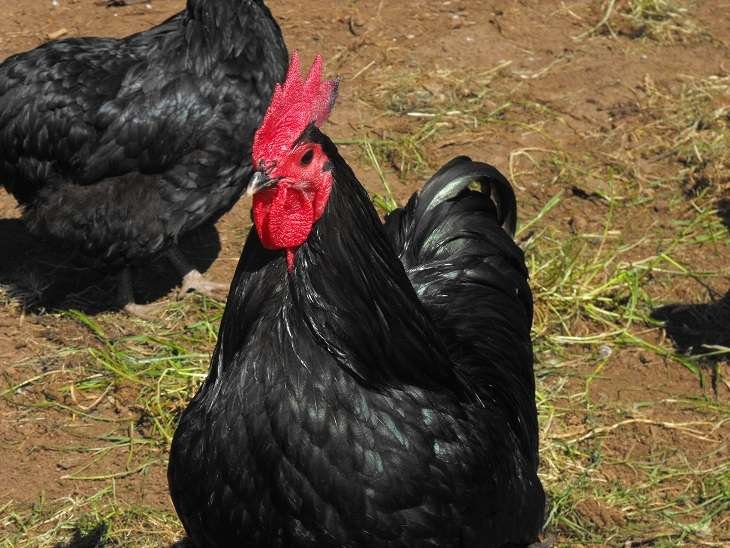
Downsides of Keeping a Rooster With Your Flock
While roosters bring numerous benefits to a flock, there are also downsides to consider before deciding to keep one. One of the primary concerns is the noise that roosters produce. Their crowing can be quite loud and persistent, which may not be suitable for urban settings or close-knit neighborhoods. Be sure to check local ordinances and regulations regarding roosters in your area before making a decision.
Another potential downside of having a rooster is their behavior towards hens. Roosters can sometimes be aggressive and overmate the hens, leading to issues like feather loss and stress for the hens. While not all roosters display aggressive behavior, it’s essential to be prepared for the possibility and take appropriate measures if it arises.
Additionally, roosters may pose some safety concerns for young children or inexperienced chicken keepers. Although most roosters are relatively docile and gentle towards humans, there is always a risk of aggressive behavior, especially during breeding season or when they feel threatened.
Managing Roosters in Urban Settings
For chicken keepers in urban settings, keeping a rooster may present unique challenges. Urban environments often have stricter noise regulations, making it important to consider the noise level of a rooster’s crowing. Some urban neighborhoods may not be conducive to rooster-keeping due to close proximity to neighbors.
If you are determined to keep a rooster in an urban area, consider selecting a quieter breed known for its less frequent crowing. Additionally, invest in sound-dampening measures for the coop and consider discussing your plans with neighbors to ensure their understanding and support.
Alternatively, if keeping a rooster in your urban setting is not feasible, focus on maintaining a happy and healthy flock of hens, who can still lay eggs and provide companionship without the presence of a rooster.
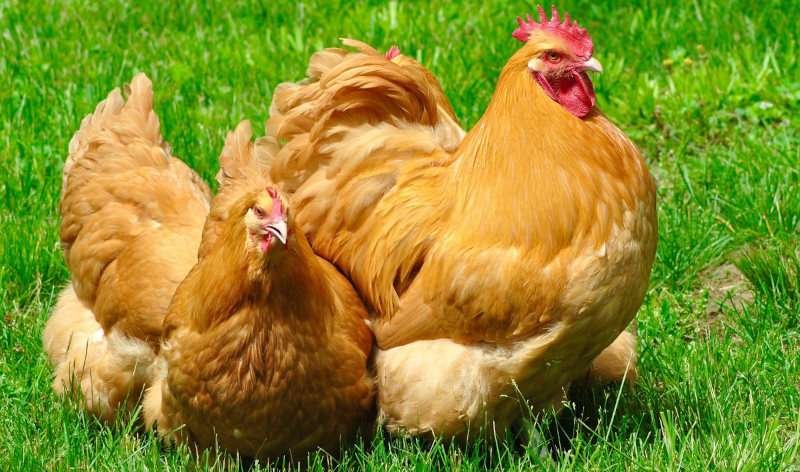
Rooster Breed Selection
Selecting the right rooster breed is crucial for ensuring a successful integration into your flock. Different breeds exhibit varying temperaments and characteristics, and choosing the right match for your hens and flock dynamics is essential.
Some breeds are known for their gentle and friendly demeanor, making them great choices for families with children or novice chicken keepers. Other breeds may be more assertive and protective, better suited for larger flocks or more experienced keepers.
Consider your flock’s needs, the space available, and your level of experience when selecting a rooster breed. Research the characteristics and behavior of different breeds to find the best fit for your flock’s specific requirements.
Keeping a Rooster with Your Flock
Keeping a rooster with your flock can be a rewarding experience, bringing numerous benefits such as increased protection, social order, and the potential for natural egg hatching. However, it’s essential to approach the process with careful planning, including isolations and quarantines when introducing new roosters. Be mindful of potential downsides such as noise concerns and aggressive behavior, and make informed decisions based on your unique situation and flock needs.
Remember that every rooster and flock is different, and there is no one-size-fits-all approach. By understanding the basics of keeping a rooster and being attentive to the needs and dynamics of your flock, you can create a harmonious and enriching environment for your chickens, with or without the presence of a rooster. Happy roostering and happy chicken keeping!

